But two seats up in 2018 will only be for two-year terms; citizens commission proposed
By Allen Payton
After multiple meetings on changing to district elections for the four council members, hearing hours of comments from the public, and spending more hours discussing it among themselves during the past two months, the Antioch City Council at their April 10th meeting effectively kicked the can down the road. They voted unanimously to approve by-district elections, but instead of implementing it for this November’s elections, chose to postpone it until 2020. However, they also voted to change to two-year terms those seats which are up for election this year and are currently held by Council Members Tony Tiscareno and Lori Ogorchock. That means winners in November’s council race will have to run again in 2020. (See related article)
Then, that year, all four council seats and the mayor will be up for election, and two of the council seats will also be for two-year terms with the other two for four-year terms. But those who are elected to the two-year terms may not be able to run again in 2022, because a new map will have to be drawn and adopted for the 2022 elections, following the 2020 Census and redistricting in 2021. The only thing that won’t change is the four-year term for mayor.
What the council members still have yet to decide is which of the two final maps to choose, which thy must at their meeting on May 8. At a workshop earlier in the evening, prior to the regular council meeting, the council members made some alterations to one of the two final maps and produced what is now known as Quadrants C map. No changes were made to the map labeled Working Draft 1.
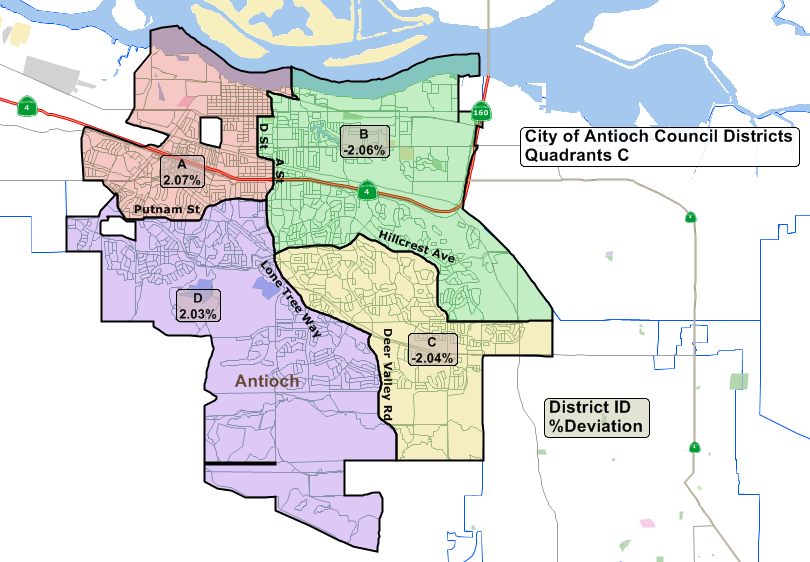
The Quadrants C map, which is one of two district elections maps the council will consider at their May 8 meeting.
Interim City Attorney Derek Cole Explained the Process
“What you have before you now, is the legal mechanism…that will create the districting system,” he said. “Ordinances must be read twice. You can waive the reading. We don’t have to read the ordinance line by line. You have to consider the ordinance twice and the council, in effect has to take two votes on the ordinance. We have scheduled May 8th for the final discussion. This is the eighth or ninth time we have called this particular item of districting.
It does require a majority vote of the council. If the council introduces this ordinance, it will codify…and say we will be become a district election city. There are two options. Option 1 would be to try and introduce the district elections this year. The two council members who were elected at large in 2016 must be allowed to continue their terms through 2020. We can run two districts, if you create the four districts with this ordinance, you can choose to run those two, this year and run the other two in 2020. That will create the stagger. The mayor will also be up for election in 2020.
The other option which I believe creates a more orderly transition is start the districts in 2020. That will allow an interface with the county elections office…so that there won’t be extra work. I shared with the council a letter from the County Clerk about the challenges with the cities converting to district elections in 2018. It would give us time for clean up elections.
Our vice mayor is elected on an at large system. If we’re going to districting elections that will have to be cleaned up.
We would have to select two seats that would be up for election in 2020 for two-year terms who would then be up for election in 2022.
If you implement it this year you will have to select which districts are up for election, this year.”
Public Comments
“We have 25 speakers and we have to allow for five minutes for each speaker,” said Mayor Sean Wright. “If you all move your five minutes, we will not be able to get to the entire agenda.”
Most speakers supported the Working Draft 1 map, which creates a single district north of Highway 4. Some were high school students, many who chose not to speak, and Wright read their comments. Several in favor of Working Draft 1 were repeats from previous council meetings on the matter, and most were members of the East County Regional Group.
Scott Rafferty, the attorney who threatened the lawsuit against the city, sparking the entire process, spoke during public comments.
“I am the out of town lawyer,” he said. “I’m here to listen. I think the process is very compressed. I have given two extensions to the city. I’m not going to apologize for the California Voting Rights Act. For a city this size I think it’s a very good idea. I think the polarization is actually stronger here. When you get into southeast Antioch…you have extraordinary council members who are minority members and live in racially integrated communities. That doesn’t mean that north of the 4 there’s an underrepresented population. The city will be stronger…when those people have someone who is closer to them and more representative of their views on the council. The most remarkable thing is the trust that the five of you command from the people back here. It makes me want to ask the three of you that have some reservations about this to consider that you have been elected and you think of the whole city. But, that’s because the voters of Antioch…that is a very important value. I don’t think that’s going to change. I really don’t. Another really neat thing about this process, I’m going to have to say some really nice things about your council. I was concerned about getting this done, now. Having all of this happen in 2020 and I think this is a great idea. It’s a structural change. It’s not about getting rid of incumbents. It allows the whole community to get used to this all at once. I was hoping the school district would do this, too. I would ask you not use a random process. If you can get them synced into the presidential process, that will be helpful.”
Former Councilman Ralph Hernandez pointed out that “You already have division that has begun. It’s already starting. It’s not going to get any better with district elections if you change to that.”

The other district elections map labeled Working Draft 1.
Council Discussion
The Council then took up the matter for discussion, first deciding to convert to district elections and when to implement them.
Mayor Wright said the council was deciding whether or not to move forward with districting and
“Seeing that no one wants to go first, I will go first,” he said. “I hope you understand how hard this is, there is not a soul up here…that is not thinking of Antioch, first. There may be disagreements on what is best for Antioch. But it’s not a lack of care for you, for your area. I hope as we go forward you understand that.”
“I have looked, since we started, for reasons and ways we could fight this, because I don’t think it’s best for Antioch,” Wright continued. “But if we fight it we will lose and that’s not best for Antioch. The way the law is written, you don’t have to prove harm. You have to prove racial polarization…it’s real easy to prove. None of that in this law matters. Then we’re confused, once you accept that you’re racially polarized, as you divide the lines you’re not allowed to look at diversity. It defies all logic. We have legislators in California that made stupid law. In adopting this ordinance I am going to support it because I don’t want the city to get sued. I support implementing this in 2020.”
Councilman Tony Tiscareno spoke next saying, “I’m not totally opposed to districting. I’m angry about the way it came about. We’re basing our information, data on 2010 Census. It kind of skews the numbers on the map. It doesn’t give a true representation of what Antioch is. I wouldn’t even have a problem with waiting for 2020 Census numbers. It’s very frustrating that we’re being rushed into something…we’re not prepared for this. At this particular point I just don’t see it. As an at large council I do believe we represent the city entirely. As far as the Rivertown, downtown we have been focusing a lot of attention and dollars. Doing a district that might change somewhat. I wouldn’t have a problem fighting this. I’m not afraid of a lawsuit. But, it could cost us a lot of money and I don’t want to take that risk. I want to take some time. I was one who proposed getting it done, now. But that was just out of frustration. I think we should study this a little bit longer. If we’re going to be forced…I truly thing we could prevail if we had to go through this. I’m not sure the rest of the council would want to take a chance. So, I want to wait until 2020.”
Mayor Pro Tem Lamar Thorpe then said, “I’m for whatever option…2018 staggered or 2020. Whatever’s the pleasure of us, here. I’m open and amenable. I don’t have a particular preference.
Councilwoman Monica Wilson said, “I feel like the rest of the council members that I don’t like being rushed. What section goes in what order I can’t make a decision about that now. Whether we go with 2018 or 2020. I want to do this right. I was hoping to hear more from the public on that. This is tough. This is tough for us. This is a hard one. We want to make sure we get this right. We all are trying to be thoughtful.”
Councilwoman Lori Ogorchock whose seat is up for election in November said, “The attorney Rafferty said it himself how the council is working together. This is unbelievably rushed. I want to do it in 2020. But, to move it off to 2022 when we have our true numbers. The maps are the maps, and we’ll decide those on May 8th. But I’m probably going to vote against this. I agree we do. But it’s really hard when you don’t have true numbers to do this. I’m sorry. I understand about the lawsuit. This is starting to push my buttons tonight. It’s already dividing our city. It’s not healthy.”
Wright weighed in, saying, “In closing, I honestly did not know where Mayor Harper lived. Where Mayor James Davis lived. Where Mayor Don Freitas lived. Until I ran for council I did not know where these council members lived. Where you live in elections, I didn’t know it mattered. I thought we were voting for great leaders. It’s interesting to me that we’re focusing on where everybody lives.”
Thorpe then said, “No one looks at where people live. But it’s something to be said that the most people you interact with in your daily life…there’s something to be said about where you live. You’re most likely to run into folks where you live.”
Thorpe asked the other council members if they were for 2020.
Tiscareno said, “I like what Councilwoman Ogorchock said” regarding waiting until 2022.
Thorpe then added to the discussion saying, “I had reached out to the city attorney about moving this forward. I do agree that there should be an independent commission looking at this and working with the consultants. We can adopt an ordinance. But then we can put these two maps on the November ballot and that can then be ratified at the end of the day.”
Cole responded saying, “I would modify that. The council would have to approve a map. They can then give to the public the selected map, and then offer an alternative map. I would ask that you would complete this process, first. Then you can call an election.”
City Clerk Arne Simonsen agreed saying, “The map does have to be adopted at the same time as the ordinance. It can be part of the ordinance.”
Wright, struggling with what to say, stated, “I could go 2020, but I could also go 2022. If we’re going through all that effort into a map that’s only going to be good for one year…I could be talked into going for 2022.”
Cole then warned, “I don’t think we would be exempt from someone seeking relief for the 2020 election. If you want to kick this to 2022…after 2020 you will have a census, and that map would never be used in an election. You’re creating a remedy, but you’re forestalling that remedy and you’re not avoiding a lawsuit.”
Thorpe said, “I’m not open to the 2022 election. It’s silly to adopt a map and then hold off. I’m perfectly fine if we went with 2018. If you push it back to 2020, what’s the point?”
Cole interjected, “If you wait until the 2020 election you could go to a citizen commission. You would have an election in 2020 under the map that you adopt on the 8th. My goal is to complete the process now, so you no longer have the CVRA (California Voting Rights Act) liability.”
Tiscareno then said, “I’m adamantly opposed to even doing this. But I don’t want to be involved in a costly litigation. I’ll go ahead and support option two with the 2020 and if it’s a possibility of putting this before a commission and the voters.”
Thorpe responded, “When I was saying 2018, I was referring to sending the two maps to the voters.” He then asked, “Do we have to adopt a map? Can we do the example of a sliced bread map so that voters have a choice between two maps that are not biased by us?”
Cole responded, “Typically you have to do a yes, no on an initiative. The council would adopt a map. My request is we do introduce the ordinance and we do adopt a map.”
Thorpe then said, “I’m not an elections expert. Personally, I’m fine with sending it to the voters.”
Wright then asked, “How much money are we talking about for asking the voters?”
Simonsen responded, “Adding a ballot measure…the cost you’re probably adding another 10 to 25%. The base for the election is $155,000 on the low side, right now.”
Wright then stated, “To me we’re talking about a lot of cost. If we were talking about ten years, that would be one thing.”
Simonsen offered to “come back at the 24th meeting with more information. But, as the city attorney said you will have to adopt a map. It doesn’t preclude you from going to the voters.”
Wright then said, “What we need to decide tonight is if we go forward with a map and what year.”
Thorpe stated, “We’re just throwing out ideas. Does it cost money? Absolutely. That’s the price of the democratic process. It costs money. If there were another initiative the council were going to put on the ballot…would it increase the cost?”
Simonsen said for the November election it will cost less. He estimated it will cost 20% more, giving an example of a previous election of “$4.00 per voter and we have 56,000 voters in Antioch.”
Wright said “it might be a reduced cost. This discussion is not agendized and it needs to be agendized. What we need done tonight is the adoption of an ordinance and the timeframe.”
Motion to Adopt Includes Two Year Terms for This Year’s Council Elections
With that Thorpe made a motion to adopt the ordinance changing to by-district elections and waiting until 2020 to implement it. But he also chose Option 2 which requires that the two seats up for election in November, Tiscareno’s and Ogorchock’s seats, will be for only two-year terms.
After a brief delay, Tiscareno seconded the motion.
Ogorchock then said, “In D on option two it talks about districts two and three. We must remove the district numbers. We don’t know what district it’s going to be.”
Cole responded, “the problem is we can’t amend this ordinance.”
Wright then explained “we can number the districts however we want. We haven’t numbered the districts, yet.”
Simonsen added, “that’s correct.”
Wright continued, “that can be decided when we accept the districts and number them, then.”
Tiscareno then said, “The way I’m reading it you’re giving a suggestion.”
Cole responded, “tonight you’re introducing the text that you’re codifying into law. And it has to have the same exact text that you’re going to introduce.”
Thorpe offered a further explanation to Ogorchock, saying, “We’re not married to the maps. We can decide which district will be associated with which number.”
Ogorchock then replied, “We’re going to number the maps the way we want to.”
Mayor Wright then called for the vote.
Four council members cast their votes. Someone said, “Lori, vote.”
“I’m thinking,” she replied to laughter from the audience, then went ahead and voted in favor.
The motion passed on a 5-0 vote.
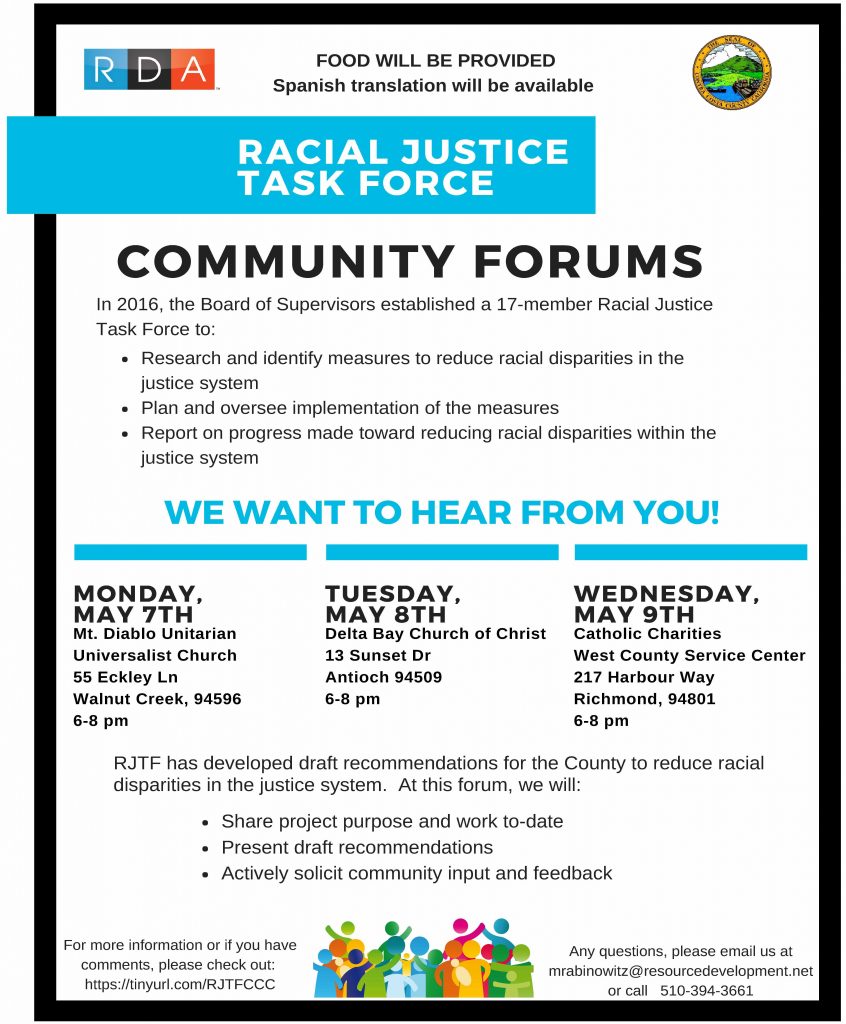 In 2016, the Contra Costa County Board of Supervisors established a 17-member Racial Justice Task Force to research and identify measures to reduce racial disparities in the justice system; to plan and oversee implementation of the measures; and to report on the progress made toward reducing racial disparities within the justice system.
In 2016, the Contra Costa County Board of Supervisors established a 17-member Racial Justice Task Force to research and identify measures to reduce racial disparities in the justice system; to plan and oversee implementation of the measures; and to report on the progress made toward reducing racial disparities within the justice system.








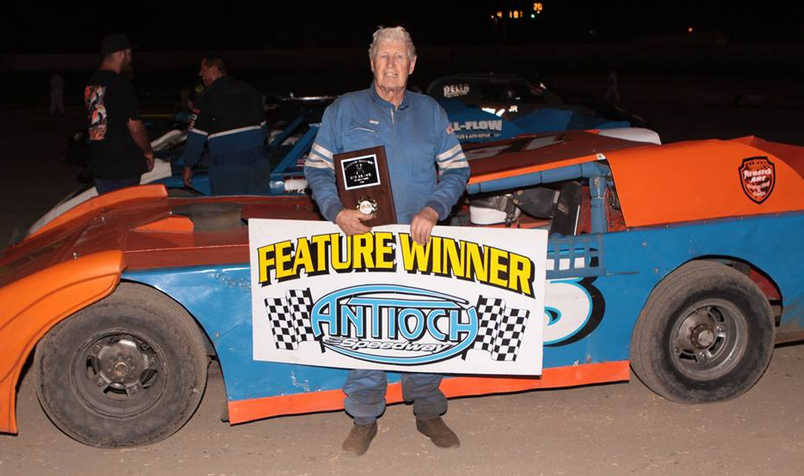


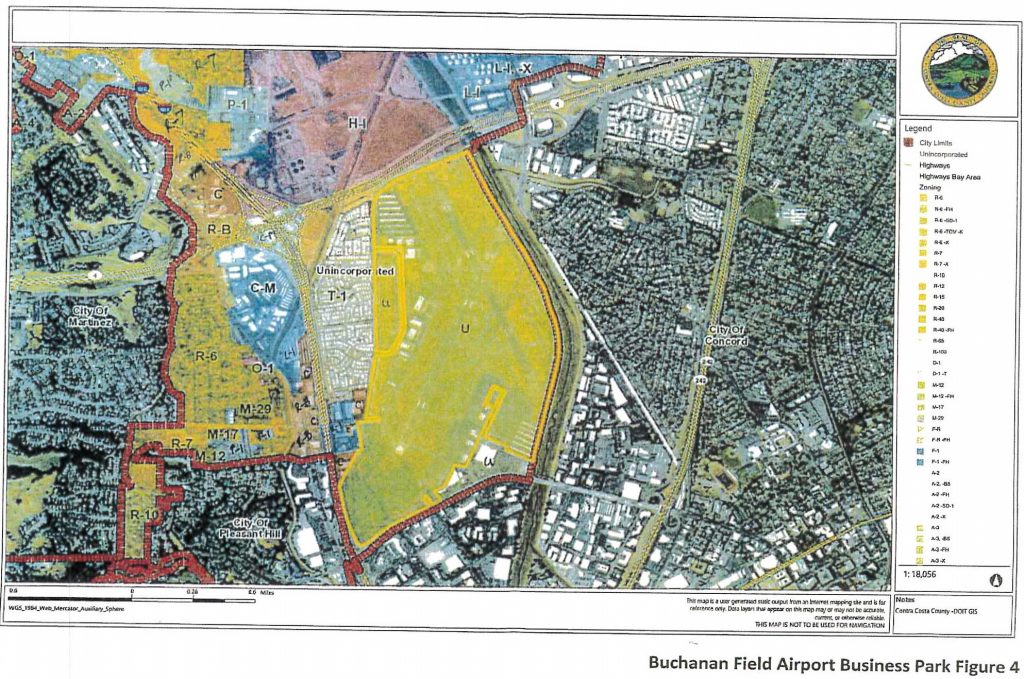 Sheriff-Coroner awarded $400,000 in grants
Sheriff-Coroner awarded $400,000 in grants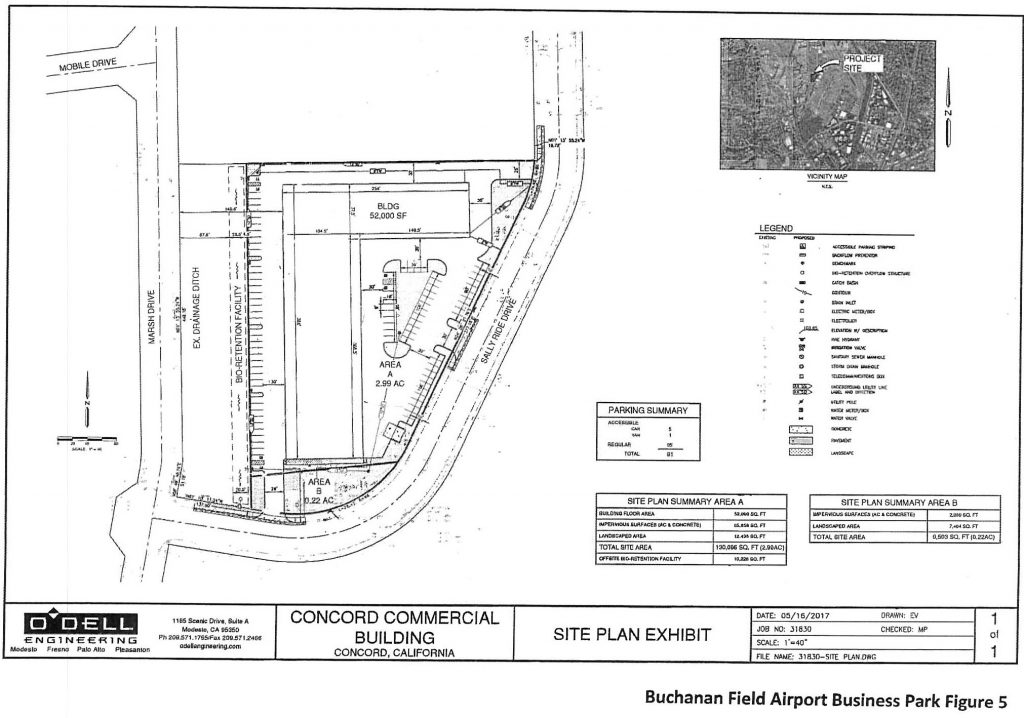 The Montecito lease calls the one-year period beginning April 1, 2022, 2023, 2024, 2025, 2026 any adjustment will not be greater than 75 percent of the CPI factor. For the one period beginning on April 1, 2028, throughout the lease term, any adjustment to ground rent based on CPI may not be more than 4 percent of ground rent then in effect.
The Montecito lease calls the one-year period beginning April 1, 2022, 2023, 2024, 2025, 2026 any adjustment will not be greater than 75 percent of the CPI factor. For the one period beginning on April 1, 2028, throughout the lease term, any adjustment to ground rent based on CPI may not be more than 4 percent of ground rent then in effect.
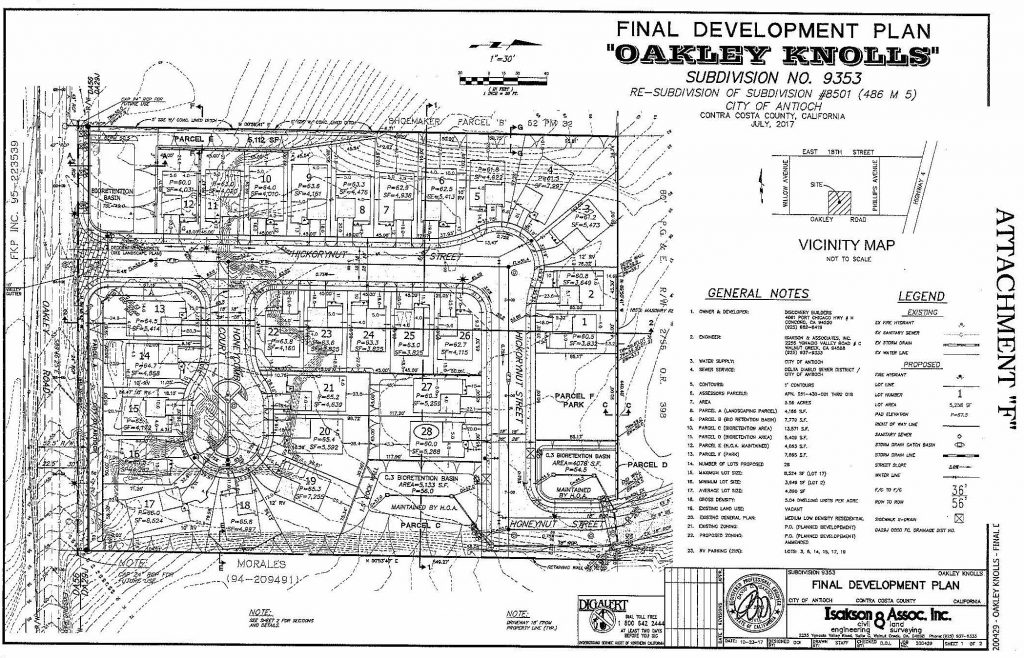
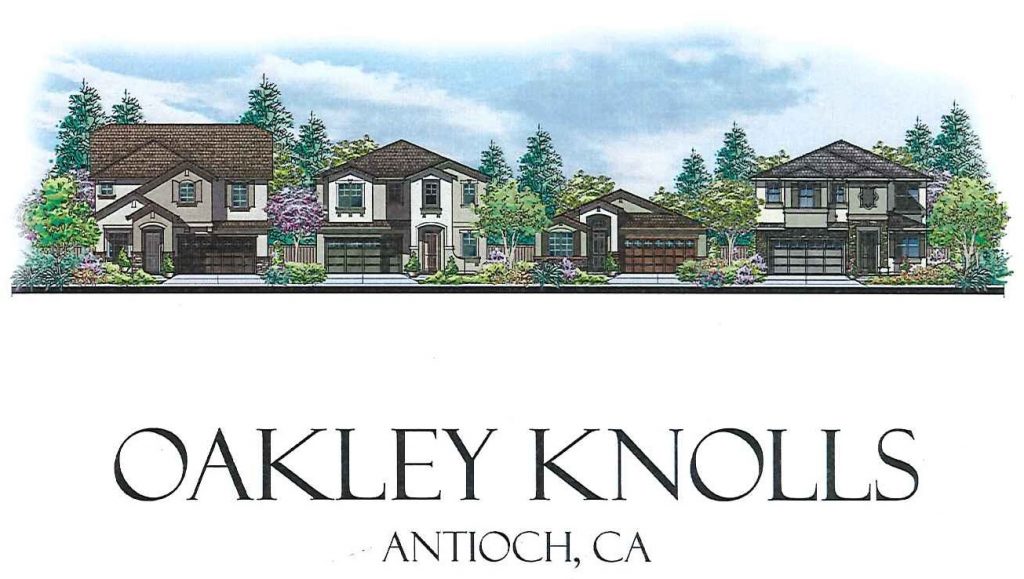 Interim City Attorney Derek Cole interjected, “We have one developer who has filed a lawsuit against a city…then challenged another developer. Now they’re before the city asking for entitlements.
Interim City Attorney Derek Cole interjected, “We have one developer who has filed a lawsuit against a city…then challenged another developer. Now they’re before the city asking for entitlements.










